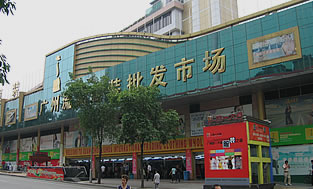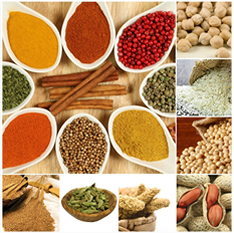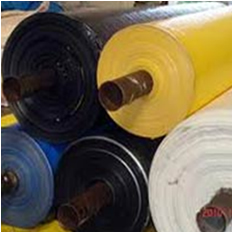| Floriculture |
USA, Japan, UK, Netherlands & Germany |
| Fruits & Vegetable Seeds |
Pakistan, Bangladesh, USA, Japan & Netherlands |
| Fresh Onions |
Bangladesh, Malaysia, Sri Lanka, UAE, Pakistan & Nepal |
| Other Fresh Vegetables |
UAE, Bangladesh, Pakistan, Nepal & Sri Lanka |
| Walnuts |
Spain, Egypt, Germany, UK & Netherlands |
| Fresh Mangoes |
UAE, Bangladesh, UK, Saudi Arabia & Nepal |
| Fresh Grapes |
Netherlands, UK, UAE, Bangladesh, Belgium |
| Other Fresh Fruits |
Bangladesh, UAE, Netherlands, Nepal, Saudi Arabia |
| Dried & Preserved Vegetables |
Russia, France, USA, Germany & Spain |
| Mango Pulp |
Saudi Arabia, Netherlands, UAE, Yamen, Arab Republic & Kuwait |
| Pickles & Chutneys |
Russia, USA, Belgium, Netherlands & France |
| Other Processed Fruits |
USA, Netherlands, UK, UAE & Saudi Arabia |
| Buffalo Meat |
Malaysia, Philippines, Saudi Arabia, Jordan & Angola |
| Sheep / Goat Meat |
Saudi Arabia, UAE, Qatar, Oman & Kuwait |
| Poultry Products |
UAE, Kuwait, Oman, Germany & Japan |
| Dairy Products |
Bangladesh, Algeria, UAE, Yamen, Arab Republic & Egypt |
| Animal Casings |
Germany, Portugal, France, Spain & Italy |
| Processed Meat |
Seychelles, UAE, Hong Kong, Germany & USA |
| Groundnuts |
Indonesia, Malaysia, Philippines, UK & Singapore |
| Guar Gum |
USA, China, Germany, Italy & Netherlands |
| Jaggery & Confectionery |
Portugal, USA, Bangladesh, Pakistan & Nepal |
| Cocoa Products |
Nepal, Netherlands, Malaysia, Yamen Arab Republic & UAE |
| Cereal Preparations |
USA, UK, Nepal, Sri Lanka & UAE |
| Alcoholic Beverages |
Jamaica, Thailand, UAE, Angola & Bhutan |
| Miscellaneous Preparations |
UAE, Iran, USA, UK & Indonesia |
| Milled Products |
USA, UK, Indonesia, Maldives & UAE |
| Basmati Rice |
Saudi Arabia, Kuwait, UK, UAE & Yemen Arab Rep. |
| Non Basmati Rice |
Nigeria, Bangladesh, South Africa, UAE & Ivory Coast |
| Wheat |
Bangladesh, Philippines, UAE, Sudan & Myanmar |
| Other Cereals |
Bangladesh, Sri Lanka, Sudan, Benin, Thailand |
| Natural Honey |
USA, Germany, Saudi Arabia, UK & UAE |
| Pulses |
Bangladesh, Sri Lanka, Pakistan, UAE & Nepal |























